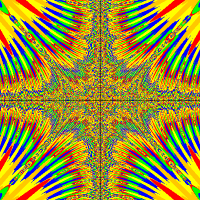I am trying to find out how to make an orbiting object stay static
Start:
<- orbiting object
then while orbiting
<- orbiting object
So far I only got this
_
_ <- the orbiting object rotate 90 degress
How to make the object (in my case a planet image) static and not rotating?
and in one of the planets
1 2 3 4 5 6 7 8 9 10 11 12 13 14 15 16 17 18 19 20 21 22 23 24 25 26 27 28 29 30 31 32 33 34 35 36 37 38 39 40 41 42 43 44 45 46 47 48 49 50 51 52 53 54 55 56 57 58 59 60 61 62 63 64 65 66 67 68 69 70 71 72 73 74 75 76 | import greenfoot.*;/** * Write a description of class world here. * * @author (your name) * @version (a version number or a date) */public class world extends World{ private GreenfootSound backgroundmusic = new GreenfootSound("music.mp3"); public world() { super(3515, 2154, 1); prepare(); } public void started() { backgroundmusic.playLoop(); } private void prepare() { // Add your constructor code here. title title = new title(); sun sun = new sun(); mercury mercury = new mercury(); venus venus = new venus(); earth earth = new earth(); moon moon = new moon(); mars mars = new mars(); jupiter jupiter = new jupiter(); saturn saturn = new saturn(); uranus uranus = new uranus(); neptune neptune = new neptune(); asteroid_belt asteroid_belt = new asteroid_belt(); ceres ceres = new ceres(); vesta vesta = new vesta(); // Add your object code here. addObject(title, 471, 179); addObject(sun, 1758, 1077); addObject(mercury, 0, 0); addObject(venus, 0, 0); addObject(earth, 0, 0); addObject(mars, 0, 0); addObject(asteroid_belt, 0, 0); addObject(jupiter, 0, 0); addObject(saturn, 0, 0); addObject(uranus, 0, 0); addObject(neptune, 0, 0); // Add your position code here. mercury.setRotation(0); venus.setRotation(0); earth.setRotation(0); mars.setRotation(0); jupiter.setRotation(0); saturn.setRotation(0); uranus.setRotation(0); neptune.setRotation(0); vesta.setRotation(0); ceres.setRotation(0); // Add your action code here. mercury.act(); venus.act(); earth.act(); mars.act(); asteroid_belt.act(); jupiter.act(); saturn.act(); uranus.act(); neptune.act(); }} |
1 2 3 4 5 6 7 8 9 10 11 12 13 14 15 16 17 18 19 20 21 22 23 24 25 26 27 28 29 30 31 32 | import greenfoot.*;/** * Write a description of class mercury here. * * @author (your name) * @version (a version number or a date) */public class mercury extends Actor{ int radius = 210; int rotational_speed = 1; boolean MouseHover = false; /** * Act - do whatever the mercury wants to do. This method is called whenever * the 'Act' or 'Run' button gets pressed in the environment. */ public void act() { setLocation((getWorld().getWidth()/2), (getWorld().getHeight()/2)); turn(rotational_speed); move(radius); if(!MouseHover && Greenfoot.mouseMoved(this)) { MouseHover = true; // don't mind these, I'm planning to show a statistic card when user hover on the planet } if (MouseHover && Greenfoot.mouseMoved(null) && ! Greenfoot.mouseMoved(this)) { MouseHover = false; } } } |



